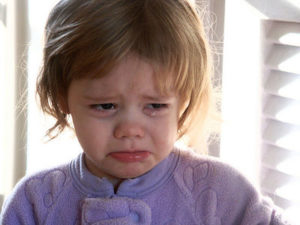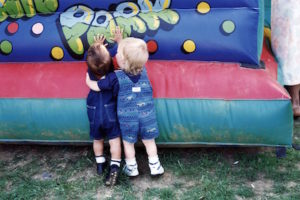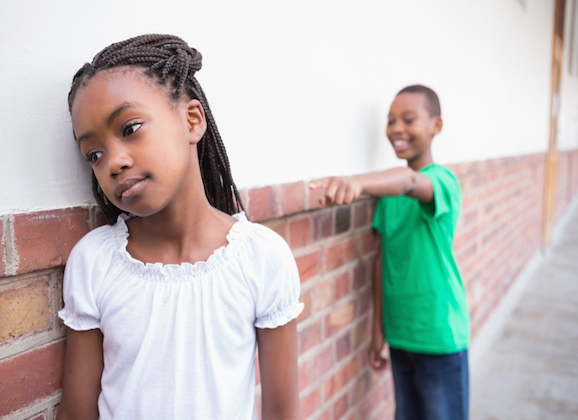 I can remember being on the playground in second grade and telling the teacher that a boy pulled my hair during recess.
I can remember being on the playground in second grade and telling the teacher that a boy pulled my hair during recess.
“It’s because he likes you,” she told me.
In fourth grade there was a boy who would pick on me and I would tell my teacher about how mean he was, and how we would bully me.
“He just likes you, try to ignore it,” she would say.
Eventually, that boy went from teasing me to verbally harassing me. I was so scared to go to school that I would make myself sick because we had the same homeroom and I knew I had to be in a classroom with him.
I spent more time in the nurse’s office than I did in class, and I purposely sabotaged my advanced learning placement test because if I passed, that meant I would have to be in a classroom with him all day instead of just a few hours in the morning.
Parent teacher conferences were held, my mom had to speak with the kid and his parents, and the school eventually placed restrictions on him speaking to me or following me around.
All this resulted from a boy “liking me.”
Today, one in three young adults experience some form of physical, mental, sexual or verbal abuse from their boyfriend or girlfriend, according to Love Is Respect.org.
Little girls are still taught that if a boy hits them, pulls their hair, or teases them it means they like them however, we expect them to somehow know once they are older a boy bullying them can be a sign of abuse.
I believe we need to stop teaching girls that when boys are mean or physically harmful it means they love them, and we need to stop teaching girls that it’s okay to allow a boy to violate their personal space or comfort level.
But we also need to teach boys that getting physical with someone is not okay, especially when they are told their behavior is not welcomed.
Boys wrestling around with their friends is different from a boy pulling a girl’s hair and thinking that’s an appropriate way to tell her she is cute.
We are teaching boys to show affection and love for someone through physical harm, and we are teaching girls to accept physical harm as a form of admiration.
Girls ages 16 to 24-years-old experience the highest rate of partner violence, according to Love Is Respect.org, and we need to be proactive about lowering the statistic, especially when it’s almost triple the national average.
It’s time to teach girls what love should really look like.

















